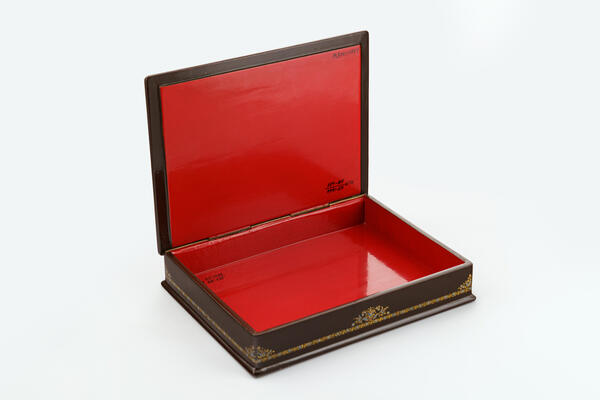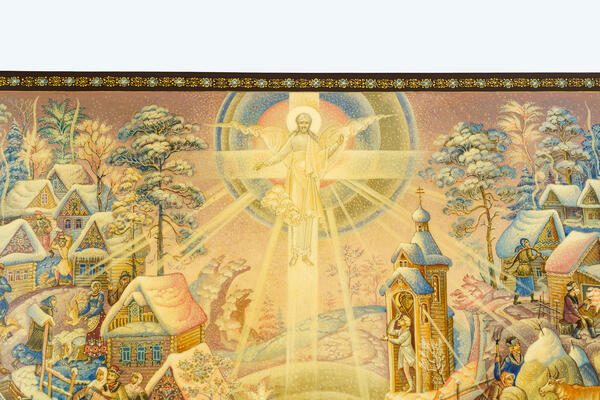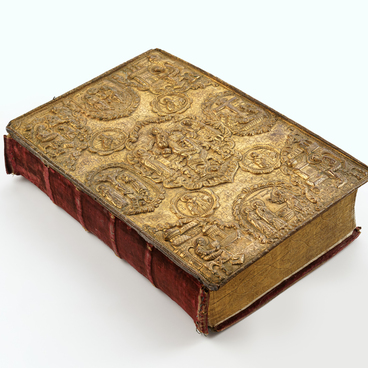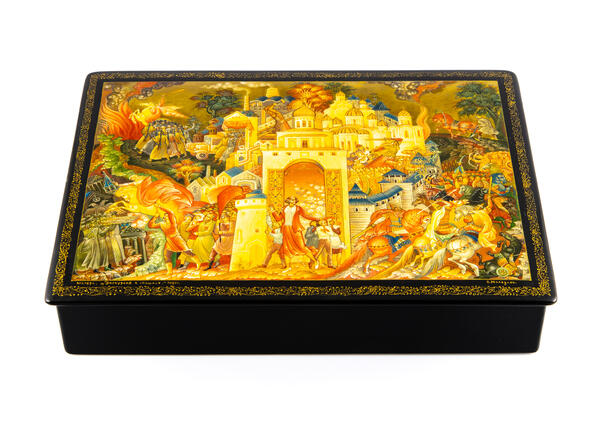The miniature painter and professor Vladimir Nikolayevich Molodkin was born in the village of Armenovo in the Vyaznikovsky district of the Vladimir Oblast. From 1962 to 1965, he attended the Mstyora Art School and studied miniature painting under Nikolay Antonovich Naumov.
In 1977, Vladimir Molodkin joined the Artists’ Union of the USSR. For several years, he worked at the Vladimir Art Fund, and later taught lacquer miniature painting at the Mstyora Art and Industrial College named after Fyodor Alexandrovich Modorov. In 2023, Molodkin was awarded the title “People’s Artist of the Russian Federation”.
Vladimir Molodkin is a bright and original representative of the Mstyora school of lacquer miniature. Line plays an important role in his compositions — it is precise, expressive, pliable. The artist always opts for restrained, balanced color schemes, where he breaks down the tones into the smallest nuances. Taking ancient Russian painting as a starting point, Molodkin has developed his own unique style with original plots, color palettes, and cohesive imagery.
The main subjects in the artist’s work of the last two decades are the rituals of the Slavic peoples, their myths and bylina cycles (oral epic poems). The poetic world of the soul of the Russian people is inseparable from the surrounding nature. This harmony comes to life in the works of the miniaturist Vladimir Molodkin. His compositions on folk customs, beliefs and historical events are painted with great love and understanding of peasant life.
The figure of Jesus Christ is depicted in the
center of the composition “The Appearance” against a background of multicolored
circles, radiance, and clouds. Heavenly light emanates from Christ. In the
foreground, a young couple sees this heavenly radiance, and a young boy in a
chapel covers his face from a ray of light falling from the sky. However, the
rest of the villagers do not notice the divine light and go about their daily
chores: some villagers are cutting a log, others are taking care of their
cattle, children are playing snowballs. According to art historians, in this
composition the artist reflects the most important idea of the Christian
doctrine that God is love.





